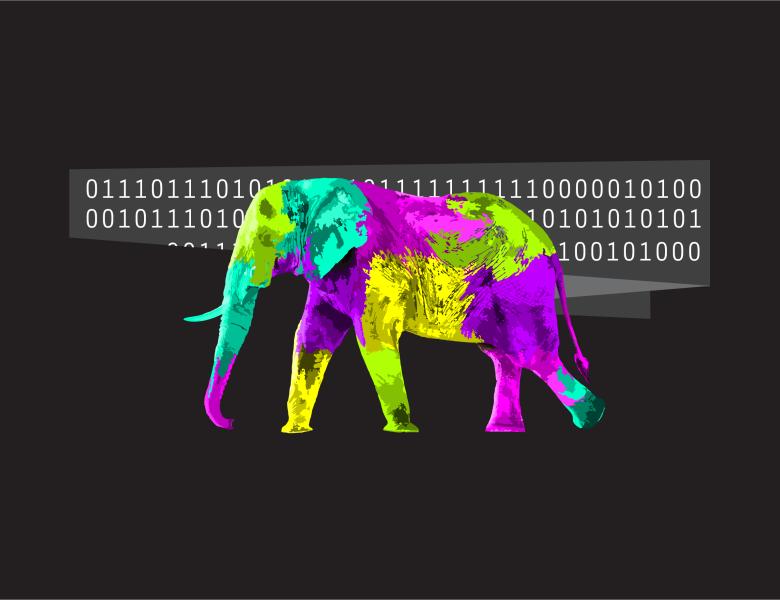
Abstract
We develop a new family of variance reduced stochastic gradient descent methods for minimizing the average of a very large number of smooth functions. Our method---JacSketch---is motivated by novel developments in randomized numerical linear algebra, and operates by maintaining a stochastic estimate of a Jacobian matrix composed of the gradients of individual functions. In each iteration, JacSketch efficiently updates the Jacobian matrix by first obtaining a random linear measurement of the true Jacobian through (cheap) sketching, and then projecting the previous estimate onto the solution space of a linear matrix equation whose solutions are consistent with the measurement. The Jacobian estimate is then used to compute a variance-reduced unbiased estimator of the gradient, followed by a stochastic gradient descent step. Our strategy is analogous to the way quasi-Newton methods maintain an estimate of the Hessian, and hence our method can be seen as a {\em stochastic quasi-gradient method}. Indeed, quasi-Newton methods project the current Hessian estimate onto a solution space of a linear equation consistent with a certain linear (but non-random) measurement of the true Hessian. Our method can also be seen as stochastic gradient descent applied to a {\em controlled stochastic optimization reformulation} of the original problem, where the control comes from the Jacobian estimates. We prove that for smooth and strongly convex functions, JacSketch converges linearly with a meaningful rate dictated by a single convergence theorem which applies to general sketches. We also provide a refined convergence theorem which applies to a smaller class of sketches, featuring a novel proof technique based on a {\em stochastic Lyapunov function}. This enables us to obtain sharper complexity results for variants of JacSketch with importance sampling. By specializing our general approach to specific sketching strategies, JacSketch reduces to the celebrated stochastic average gradient (SAGA) method, and its several existing and many new minibatch, reduced memory, and importance sampling variants. Our rate for SAGA with importance sampling is the current best-known rate for this method, resolving a conjecture by Schmidt et al (2015). The rates we obtain for minibatch SAGA are also superior to existing rates. Moreover, we obtain the first minibatch SAGA method with importance sampling. This is joint work with Robert M. Gower (Telecom ParisTech) and Francis Bach (INRIA). https://arxiv.org/abs/1805.02632


